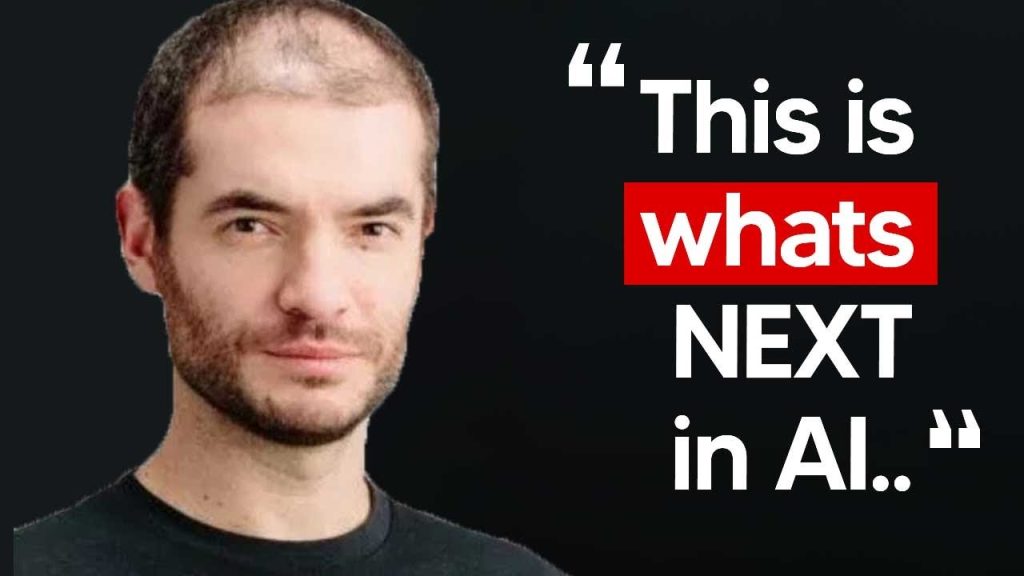The Evolution of AI Breaking the Bigger is Better Myth

AI has come a long way, starting from single-celled organisms billions of years ago to Homo sapiens a million years ago. Now, we are at the brink of creating superintelligence. This is both exciting and challenging.
A recent article discusses how the race for smarter AI has hit a wall, as bigger models aren’t necessarily better. Companies like OpenAI are exploring new paths and facing unexpected hurdles. Could it be the end of the ‘more data is better’ era?
The Path of Progression
Our journey from single cells to human intelligence is akin to evolving AI from simple algorithms to complex models. But where do we stand now? The rise of AI has been stunning, yet challenges rise with each leap. Each milestone reached brings an array of challenges to tackle.
The Challenge with Big Models
AI giants are realizing the limitations of merely scaling up. The idea that more data and computing power directly lead to smarter AI is under scrutiny.
The scaling laws that once governed AI development are now being questioned. Larger models might perform better in some areas, but this isn’t universally true.
A Shift in AI Philosophies
AI is now at a crossroads. The ‘bigger is better’ philosophy is facing serious challenges as researchers uncover its limits.
Scaling isn’t simply about expanding databases. It requires rethinking how machines learn, moving beyond basic memorization. Relying on size alone could lead to increased data storage but not necessarily more intelligent systems.
The focus is shifting towards improving reasoning capabilities. Researchers are urging a reevaluation of current methodologies, pushing for a balance between size and intelligence.
Reuters’ Role in AI Reporting
Reuters, a trusted news source, has been instrumental in bringing these developments to light.
Their recent articles highlight a pivotal moment for AI, emphasizing ongoing struggles within the industry. This includes revelations from within tech giants like Google. Such reporting underlines the importance of reliable news sources in rapidly changing technological fields.
These discussions are critical for those observing AI’s evolution, as they shed light on challenges faced by leading companies.
OpenAI and Beyond: A Broader Industry View
Even OpenAI faces difficulties, not just in model scaling, but in innovating fresh techniques for AI development. The industry must adapt to maintain momentum.
OpenAI continues its quest for improvement among stiff competition. Their scientists emphasize the need for creativity, as well as brute force, in developing AI.
The persistence of major players in their efforts to innovate offers insight into the future of AI. The potential for new breakthroughs keeps the industry and its observers on edge.
What Lies Ahead for AI
AI’s pace won’t slow even if current methods face issues. New paradigms are emerging as old ideas run their course.
The future may hold entirely new approaches to AI development, promising further advancements. It’s an era that invites both excitement and skepticism, as the unknown looms large.
AI’s Evolution: The Bigger Picture
A pattern emerges from AI’s history: brief bursts of progress followed by longer periods of innovation.
This growth model doesn’t indicate that AI has peaked. On the contrary, it may suggest we’re on the verge of something greater. The challenge is identifying precise moments when change is needed.
Superintelligence: A Grand Ambition
The concept of superintelligence is alluring yet terrifying. Its potential applications are vast and varied.
Harnessing this power judiciously could revolutionize life, offering solutions to previously unsolvable problems.
However, navigating the terrain of superintelligence will take unprecedented caution. With great power comes an even greater responsibility.
The S Curve of Technology
Technology follows an ‘S curve’ – rapid breakthroughs, plateau, then revitalization. AI’s current trajectory echoes this pattern, suggesting continuous innovation awaits beyond present hurdles.
AI’s future is not merely about creating larger models. Smarter, adaptable systems are the goal. This shift in focus could redefine our relationship with technology. The journey is just beginning.







